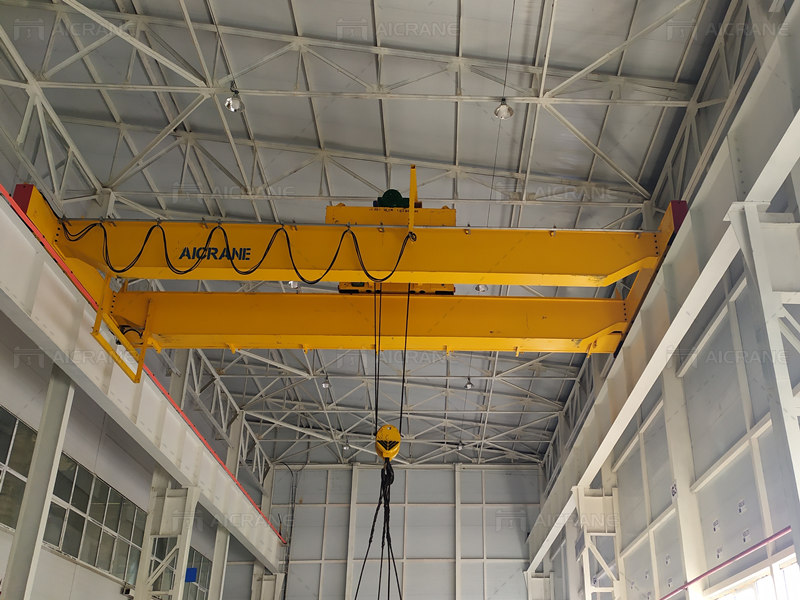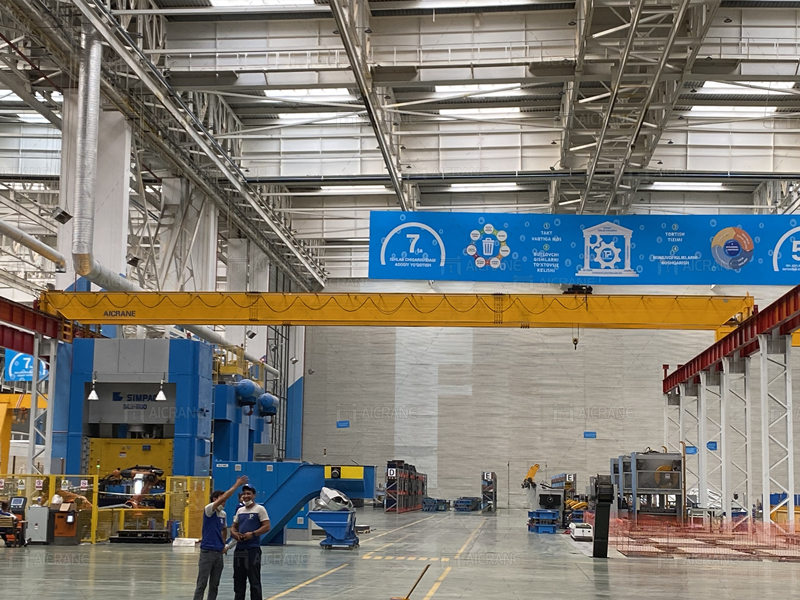Overhead cranes play a crucial role in various industries, facilitating the lifting and movement of heavy loads with precision and efficiency. However, the operation of overhead cranes involves inherent risks, and ensuring safety is paramount. In this article, we will explore the best practices for overhead crane operation, focusing on safety protocols, training requirements, and preventive measures to minimize risks and ensure a safe working environment.
Comprehensive Training Programs
Proper training is essential for anyone operating or working near overhead cranes. Comprehensive training programs should cover crane operation techniques, safety procedures, load handling practices, and emergency protocols. Operators should be familiarized with the crane controls, including pendant controls or remote systems, and instructed on how to respond to various situations to prevent accidents.
Conducting Pre-Operation Inspections
Before each use, overhead cranes should undergo thorough pre-operation inspections to ensure they are in safe working condition. Inspections should include checking for any signs of damage, wear, or malfunctioning components such as hoists, trolleys, hooks, and cables. Any defects or abnormalities should be reported and addressed promptly by qualified personnel.

Adhering to Load Capacity Limits
One of the most critical aspects of overhead crane safety is adhering to load capacity limits. Overloading an overhead crane(Козловой кран 30 тонн) can lead to structural failure, accidents, and injuries. Operators should be aware of the crane’s rated capacity and never exceed it. Load weight should be accurately determined before lifting, and the load should be evenly distributed to prevent imbalances.
Maintaining Clear Communication
Clear communication is essential for safe overhead crane operation, especially in environments with multiple crane operations or other activities taking place simultaneously. Crane operators should maintain constant communication with ground personnel using hand signals, radios, or other communication devices to coordinate movements and ensure everyone’s safety.
Observing Safe Operating Practices
Operators should follow safe operating practices to minimize risks during crane operation(Козловой кран в цеху). This includes avoiding sudden movements or jerky motions, maintaining a safe distance from overhead obstacles or electrical lines, and keeping hands and body parts clear of pinch points or crush zones. Proper rigging techniques should be employed when attaching loads to the crane.
Regular Maintenance and Inspections
Regular maintenance and inspections are essential for keeping overhead cranes in optimal working condition. Routine maintenance tasks such as lubrication, component inspections, and testing of safety features should be conducted according to manufacturer recommendations and industry standards. Any issues or abnormalities discovered during inspections should be addressed promptly to prevent accidents or downtime.
Implementing Emergency Procedures
Despite preventive measures, emergencies can still occur during overhead crane operation. Therefore, it’s essential to have comprehensive emergency procedures in place. This includes procedures for responding to equipment malfunctions, power failures, or accidents. All personnel should be familiar with emergency evacuation routes and procedures for reporting incidents.
Investing in Advanced Safety Technologies
Advancements in technology have introduced a variety of safety features and systems that can be integrated into overhead crane operations. These include anti-collision systems, proximity sensors, overload protection devices, and automatic shutdown mechanisms. By investing in these advanced safety technologies, operators can add an extra layer of protection to prevent accidents and ensure the safe operation of overhead cranes(козловой кран россия).

Promoting a Safety Culture
Creating a safety-conscious work environment is essential for ensuring the well-being of all personnel involved in overhead crane operations. Employers should promote a safety culture that encourages open communication, reporting of safety concerns, and active participation in safety initiatives. Regular safety meetings, toolbox talks, and safety training sessions can reinforce the importance of safety and foster a culture of vigilance and accountability among employees. Visit website:https://www.aicrane.ru/
Conducting Regular Risk Assessments
Regular risk assessments should be conducted to identify potential hazards and risks associated with overhead crane operations. This involves analyzing the work environment, equipment, tasks, and personnel involved to determine potential sources of danger. By identifying and addressing potential risks proactively, employers can implement preventive measures to mitigate hazards and minimize the likelihood of accidents.
Safety should always be the top priority when operating overhead cranes. By implementing best practices such as comprehensive training programs, pre-operation inspections, adherence to load capacity limits, clear communication, safe operating practices, regular maintenance and inspections, and emergency procedures, operators can minimize risks and create a safer working environment. Ensuring that all personnel involved in overhead crane operations are well-trained, informed, and vigilant is crucial for preventing accidents, injuries, and property damage. By prioritizing safety, businesses can enhance productivity, efficiency, and overall success in their operations.